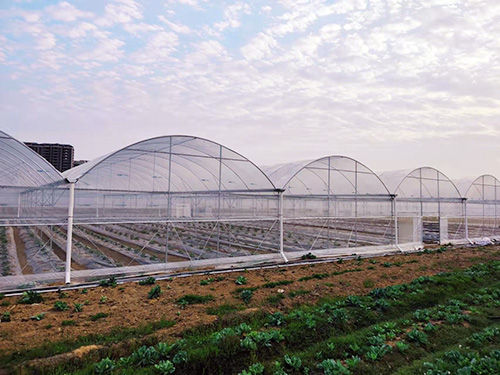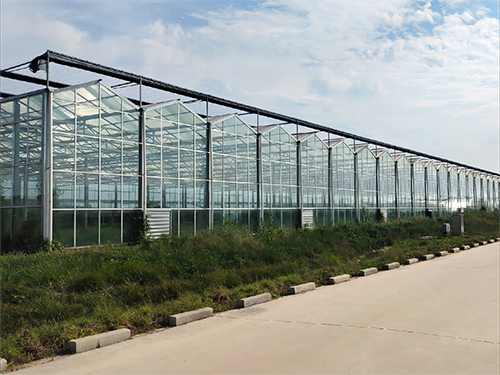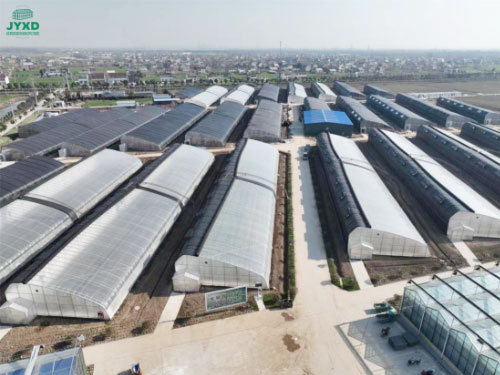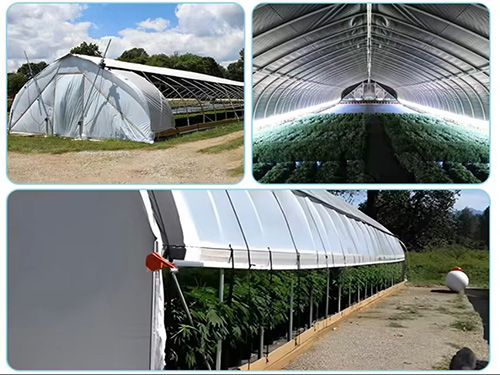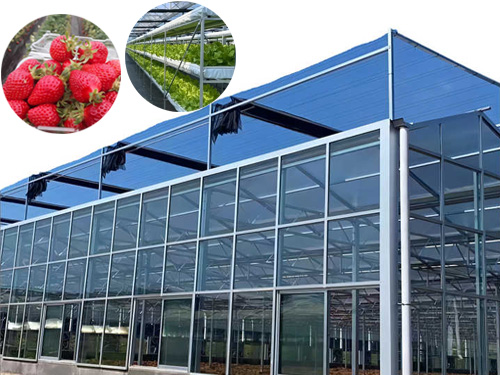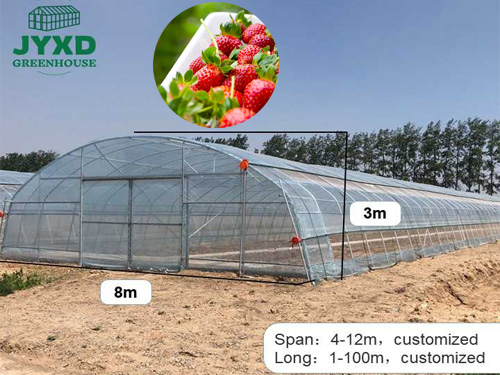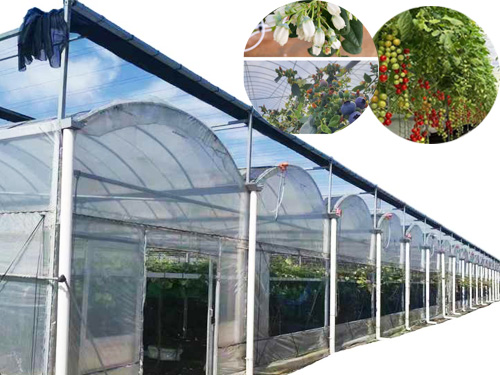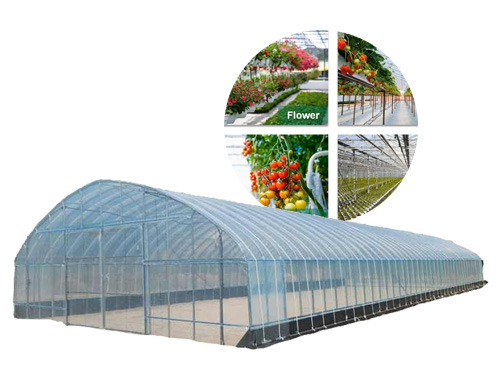NEWS DETAILS
NEWS INFORMATION
Multi-span greenhouse vegetable greenhouse management methods
AUTHOR:jyxd-greenhouse DATE:2024-04-14 16:12:49 HITS:64
Introduction:
Multi-span greenhouses represent a significant advancement over traditional greenhouses. By connecting multiple independent single-room structures, these upgraded greenhouses offer enhanced space utilization, efficient management, and superior performance. Understanding how to effectively manage and maintain multi-span greenhouses is crucial for maximizing vegetable yield and ensuring long-term success.
Key Features of Multi-Span Greenhouses:
1. Enhanced Space Utilization: Multi-span greenhouses provide a larger usable area compared to traditional single-room greenhouses, thanks to their continuous building design. This increased space allows for more efficient production and better resource management.
2. Unified Management: These greenhouses streamline operations with a more scientific approach, saving time and increasing efficiency. The integrated design simplifies temperature control, irrigation, and overall management.
Effective Management Methods:
1. Ventilation and Dehumidification: Proper ventilation is essential for managing humidity levels in a multi-span greenhouse. Ventilate the greenhouse during high temperatures to prevent overheating. However, if the temperature drops rapidly, close the vents promptly to protect the vegetables from sudden temperature changes.
2. Mulch Covering: Applying plastic film as mulch helps to reduce soil moisture evaporation, which in turn decreases indoor humidity levels. This simple measure can significantly improve the climate control within the greenhouse.
3. Temperature and Humidity Control: To maintain optimal growing conditions, adjust the temperature and humidity levels as needed. When plants are mature and resistant, raise the temperature to around 30°C for 1 hour, then ventilate to remove excess moisture. Repeat this process every 3-4 hours if the temperature falls below 25°C.
4. Insulation Curtain Materials: Utilize high-quality, moisture-absorbing insulation curtains, such as non-woven fabrics, to prevent dew formation on greenhouse surfaces. These materials help to maintain lower humidity levels and protect your crops.
5. Natural Moisture Absorption: Place moisture-absorbing materials like straw, wheat straw, or quicklime between rows to capture water vapor and fog. This natural approach aids in effective dehumidification.
Maintenance Tips for Multi-Span Greenhouses:
1. Structure Maintenance: Regularly inspect and maintain the greenhouse’s structure to enhance durability against weather conditions. Repair any leaks immediately and clean greenhouse accessories based on regional pollution levels to ensure optimal light transmission.
2. Greenhouse Film Cleaning: Use a long, soft brush and pressurized water to clean the greenhouse film section by section. This helps to maintain light transmission and overall effectiveness.
3. Frame Care: Bamboo frames are prone to mold and rot due to high humidity. Treat frames with anti-corrosion solutions, such as asphalt paint, to extend their lifespan and maintain structural integrity.
4. Regular Film Cleaning: For greenhouses in long-term use, regular cleaning of the greenhouse film is essential to prevent dust accumulation, which can reduce light transmission. Clean the film during sunny, warmer days to ensure optimal performance, particularly in overwintering greenhouses during early spring.
Conclusion
Effective management and maintenance of multi-span greenhouses are vital for maximizing vegetable production and ensuring long-term success. By following these expert tips and implementing proper care practices, you can optimize your greenhouse environment, improve efficiency, and achieve bountiful harvests.
Ready to elevate your greenhouse management game? Discover more expert tips and solutions for multi-span greenhouses at Juyouxinda. Contact us today to learn how our cutting-edge products and services can help you achieve greenhouse excellence!
Hebei Juyou Xinda Greenhouse Facilities Co.,Ltd.
Copyright © 2024-2025 https://www.jyxd-greenhouse.com. All Rights Reserved Hebei Juyou Xinda Greenhouse Facilities Co.,Ltd.Copyright





 Current Location:
Current Location: